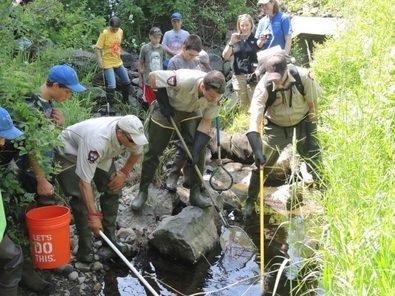 Salters, or sear run brook trout, possess a certain mystique. Brook trout are most closely associated with cool, mountain streams, but as many avid brook trout anglers know, you can find them throughout Maine in streams that remain cool in the summer. READ MORE
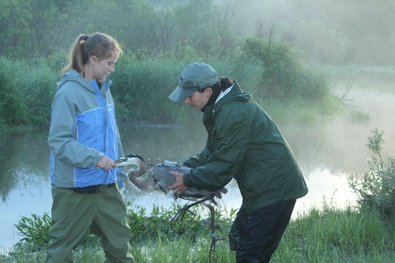 Students and teachers from several schools across the state, in conjunction with the Maine Department of Inland Fisheries and Wildlife, are capturing and radio tagging great blue herons to learn more about herons and their habitats. READ MORE
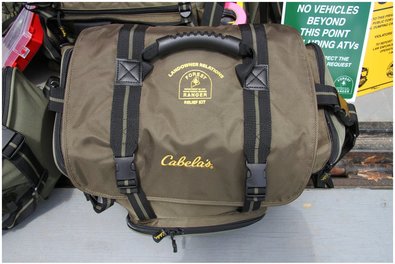 The Maine Warden Service has been using the Landowner Relations Relief kits for almost two years now. In many landowner based complaints, the district warden has almost everything in their kit to correct, or help in resolving landowner’s problems with misuse and abuse. Each district game warden in Maine has a relief kit issued to them, which includes tools such as signs, locks, chain, spray paint (purple & orange), a staple gun, “do not enter” ribbon, range finders, and even surveillance cameras to help catch the violators of landowners. READ MORE
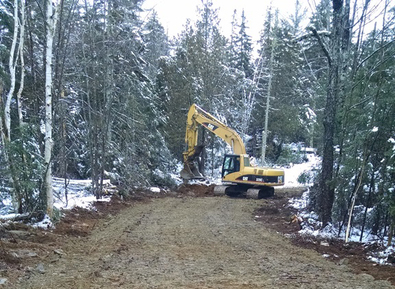 Road construction on Wildlife Management Areas is by nature a delicate balancing act. A great deal of thought goes into the location and length of a road since once it has been constructed it will likely remain a gap in the landscape in perpetuity, but is necessary both for access and also for habitat work. READ MORE
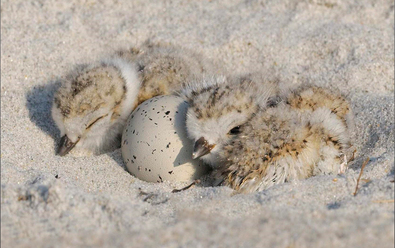 Piping plovers are small, striking shorebirds typically found on sandy beaches and dunes in southern Maine. Their camouflage plumage makes them more often missed than detected but the keen-eyed observer can see them starting and stopping on the beach in their seemingly endless foraging search for invertebrates. Signs, fenced sections of beaches, and nest exclosures are good indicators of piping plover presence. Least terns are the smallest tern in Maine and are more closely related to gulls than shorebirds. They are aerial foragers seen dive-bombing into the surf trying to catch small fish and making a racket. If terns are swooping precariously close to you on your beach walk, it is a pretty good sign that they have a nesting site nearby. Both species lay eggs directly in shallow depressions on sand beaches along the eastern seaboard and depend on this fragile and dynamic ecosystem for survival. READ MORE
|